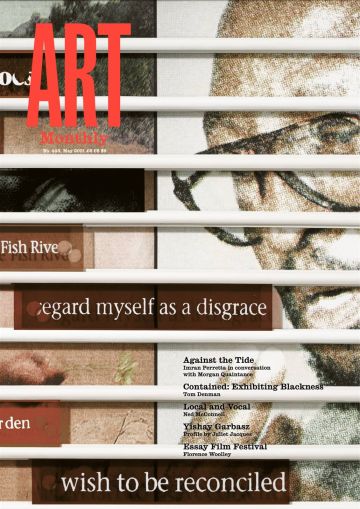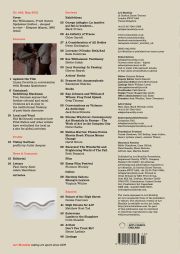Art Monthly 446
May 2021
Against the Tide
Imran Perretta in conversation with Morgan Quaintance
Contained: Exhibiting Blackness
Tom Denman
Local and Vocal
Ned McConnell
Yishay Garbasz
Profile by Juliet Jacques
Buy Now – select:
Want to read this right now?
Get instant access to the entire back catalogue via Exact Editions from only £8.99!
Contents
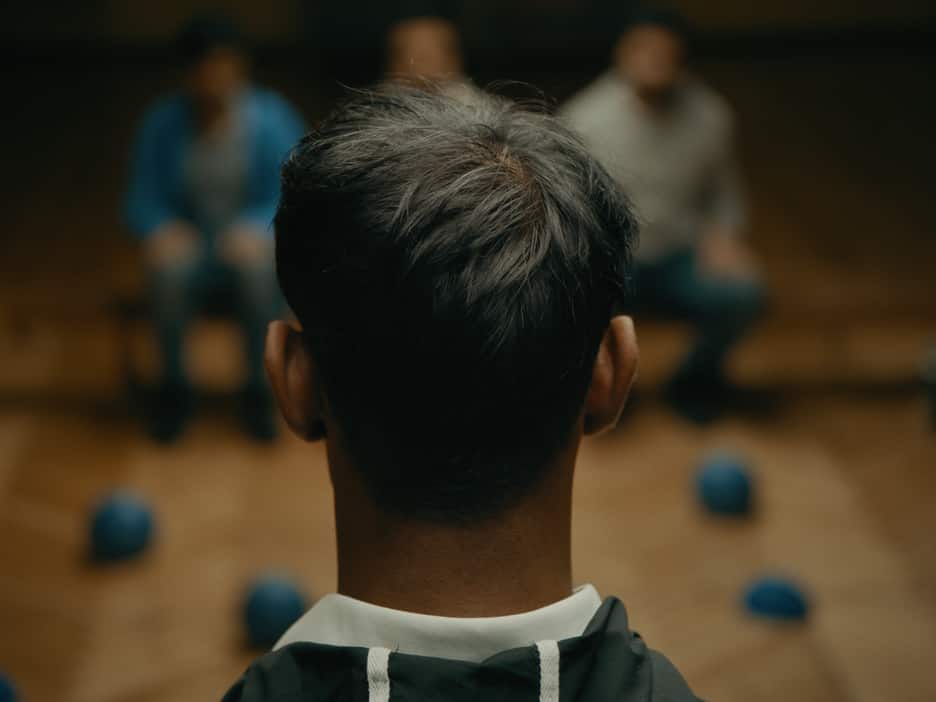
Imran Perretta, the destructors, 2019
Feature
Against the Tide
Imran Perretta in conversation with Morgan Quaintance
I think this gets us back to a cultural shift that started under Margaret Thatcher and continued under austerity, that if you defund the public sector and erode the power of the unions, you push society into the hands of private interests and this seems to be where so many of the problems in the art world arise.
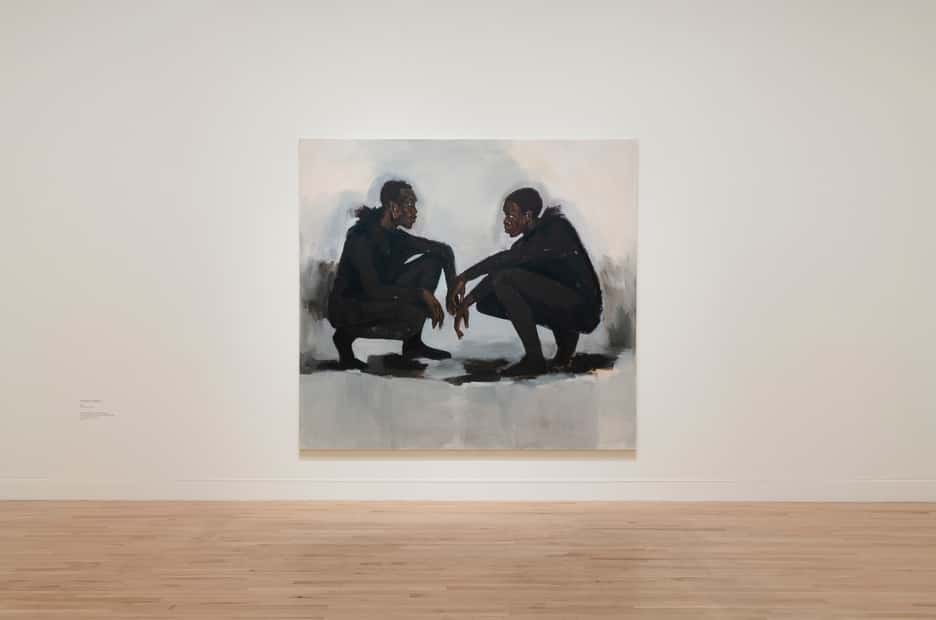
Lynette Yiadom-Boakye, No Need of Speech, 2018, installation view, ‘Fly In League With The Night’, Tate Britain
Feature
Contained: Exhibiting Blackness
Tom Denman argues that further colonial and racial violences are at play in the institutional framing of so-called post-race and post-black discourses in the US and the UK
There is, however, a deliberate reason for this strange insistence that Lynette Yiadom-Boakye’s subjects materialise on the canvas by some kind of unmediated leap. As long as Yiadom-Boakye’s works are understood as having been produced in a vacuum, they can be contained as such, and the exigency of socio-political contextualisation can be ignored.
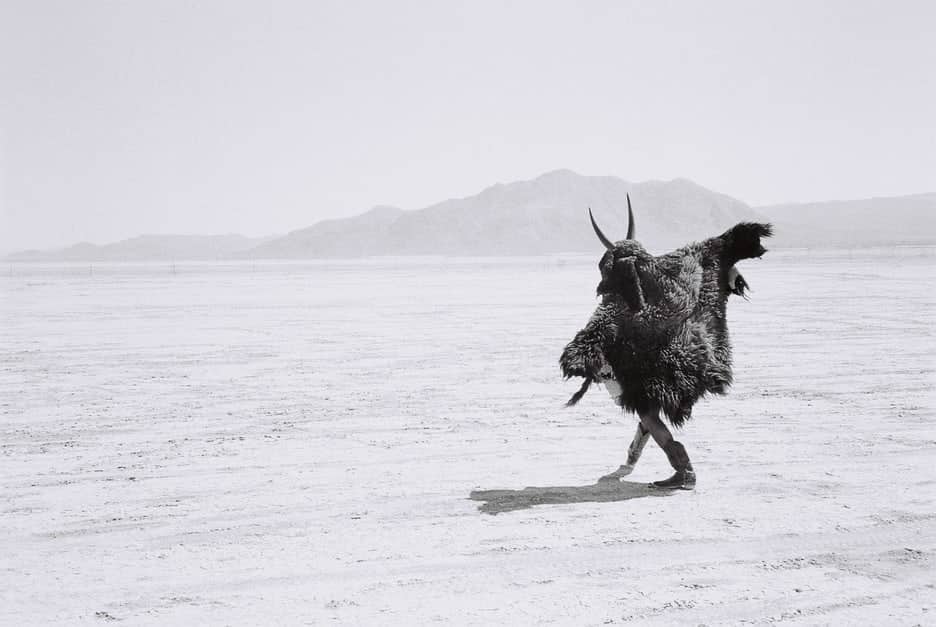
Adrian Stimson, Shaman Exterminator Playing on the Playa, 2004
Feature
Local and Vocal
Ned McConnell considers how First Nation and other artists have revitalised the local as a site for global activism
Protest movements, such as NoDAPL and Idle No More, have the ability to alert a diverse range of people to the need to act. Their potency, however, lies in their focus on specific local issues.
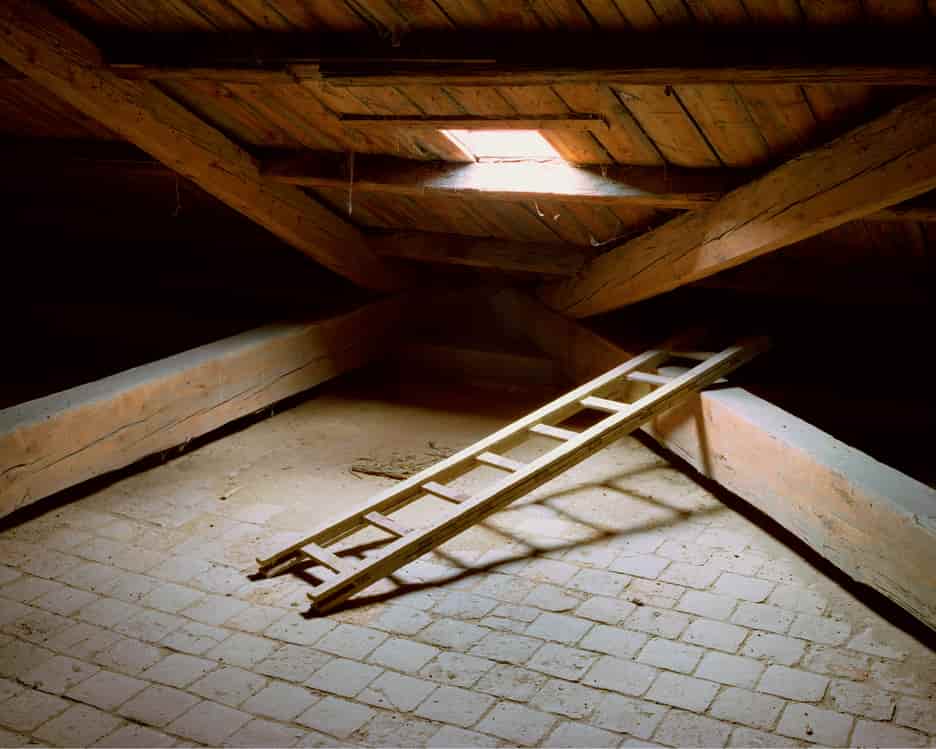
Yishay Garbasz, Footsteps (25), from ‘In My Mother’s Footsteps’, 2004–09
Profile
Yishay Garbasz
Juliet Jacques shows that the artist’s engagement with displacement, trauma and memory has particular resonance in the pandemic
Yishay Garbasz’s most recent projects partly spring from her personal experience of being rendered stateless while living in Berlin when Israel, the country of her birth, did not recognise her gender identity on her expired passport.
Editorial
It’s alright, it’s OK
Never in the field of national government have so many moved so quickly to distance themselves from a document, in this case the Sewell Report into structural racism.
Against the background of the BLM movement, this latest report is intended to remove the grounds for anti-racism protests, while the draconian proposals to further clamp down on the right to demonstrate are intended to remove the means.
Letters
Shooting Time?
Paul Carey-Kent questions Adam Heardman’s use of the term ‘radical’ in last month’s feature article
Adam Heardman designates a number of statements as ‘radical’. I’m not sure that any of them are, in fact, ‘radical’, and to categorise them thus is to give succour to the minority who would like them to be considered extreme positions.
Adam Heardman replies
I do not ‘designate’ the statements at the end of my article as ‘radical’, rather I point out that they have been designated ‘radical’ by a right-wing mainstream.
Artnotes
Still Surviving
ACE announces its second tranche of grants from the government Culture Recovery Fund; recovery loans programmes show slow take-up; museums in England reopen this month; the pandemic’s impact on global museum audiences is revealed; the Serpentine Galleries quietly drop the disgraced Sackler name; the move for institutions to return looted Benin Bronzes picks up pace; Nicolas Bourriaud is forced out from MoCo by the new mayor; plus the latest on galleries, people, prizes and more.
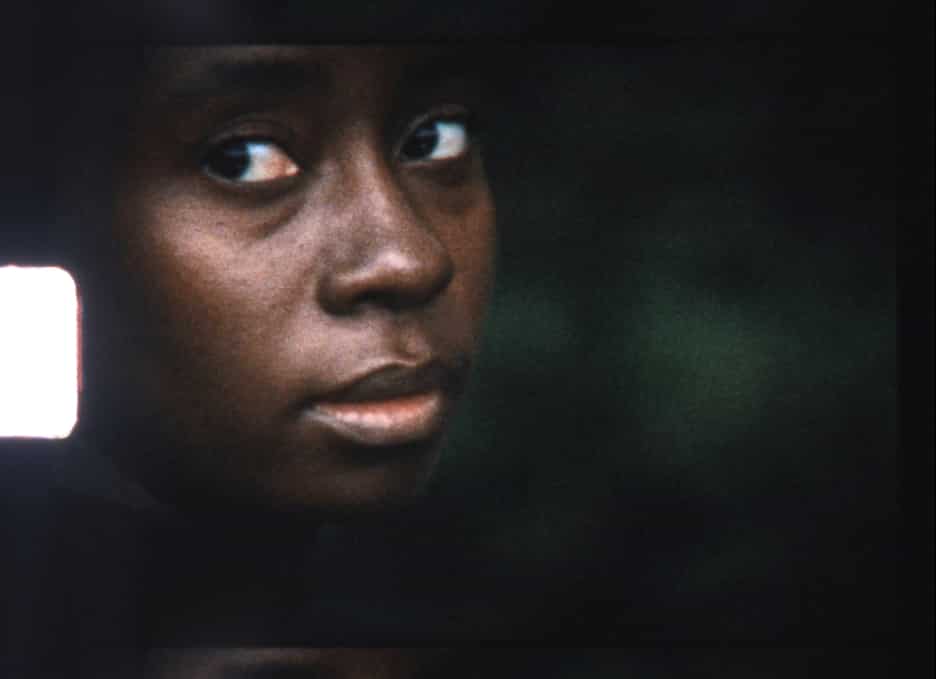
Ufuoma Essi, Bodies in Dissent, 2021
‘An Infinity of Traces’, Lisson Gallery
Exhibitions
Georges Adéagbo: La lumière qui fait le bonheur...
Kindl, Berlin
Mark Prince
An Infinity of Traces
Lisson Gallery, London
Chloe Carroll
A Consideration of All Bodies
The Lab, Dublin
Gwen Burlington
Lorraine O’Grady: Both/And
Brooklyn Museum, New York
Saim Demircan
Sue Williamson: Testimony
Goodman Gallery, London
Hettie Judah
Lucy Gunning: In Passing
Palfrey, London
Cherry Smyth

spread from Praneet Soi’s Anamorphosis
Artists’ Books
Praneet Soi: Anamorphosis
Kamayani Sharma
Anamorphosis’s conceit lies in drawing attention to visibility as a physical and political condition in the colonised lands of Palestine and Kashmir, as well as drawing attention to their people’s shared suffering.
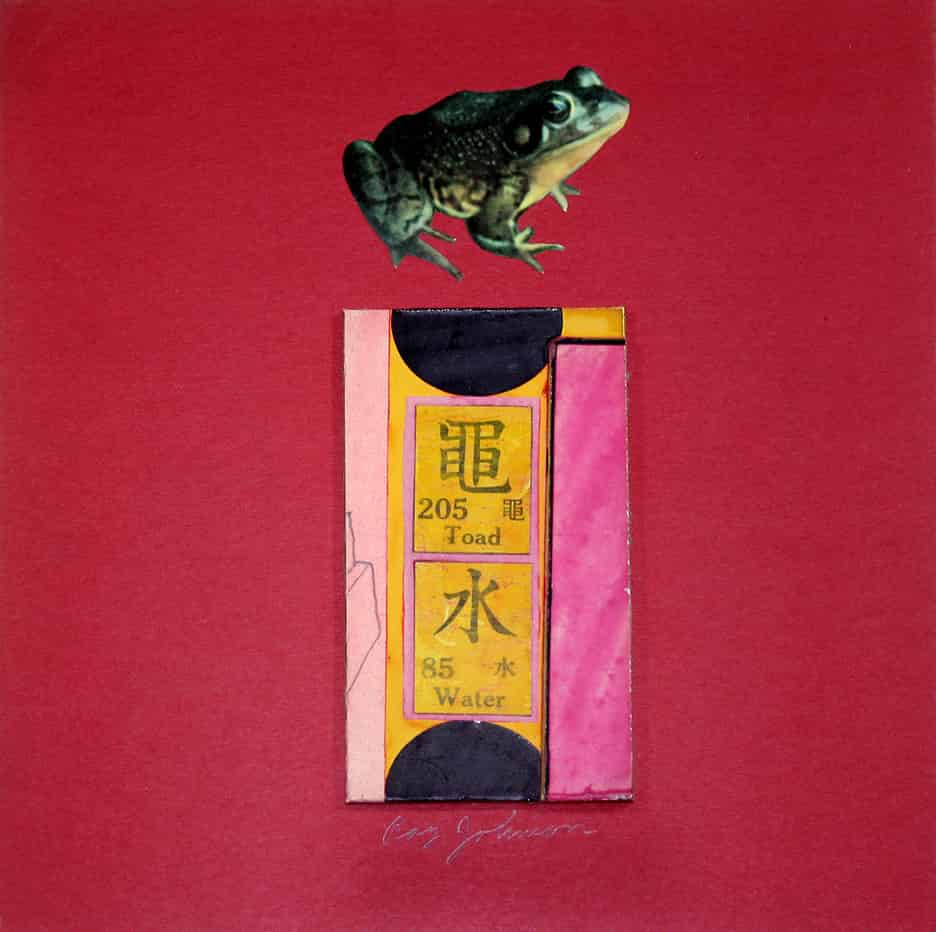
Ray Johnson collage from Frog Pond Splash
Books
Ray Johnson and William S Wilson: Frog Pond Splash
Greg Thomas
Trying to interpret Ray Johnson’s collage-works can feel a bit like sketching on the surface of water. It might respond for a moment to the pattern you’ve imposed, but soon that feeling of order gives way to a sense of impervious organic forces playing beneath.
Conversations on Violence: An Anthology
Jack Smurthwaite
To ask if the contemporary moment is an age of violence is to ask the wrong question. The correct questions, which this book does incredibly well to illustrate and strives towards, are: how can we view the scaffold that allows this violence to occur? Are there meaningful ways we can affect, resist and counter violence?
Nicolas Whybrow: Contemporary Art Biennials in Europe – The Work of Art in the Complex City
Chris Clarke
Nicolas Whybrow makes a strong claim for the ways in which local contexts – geographical, political, financial, architectural – have shaped the realisation and reception of his five selected case studies.
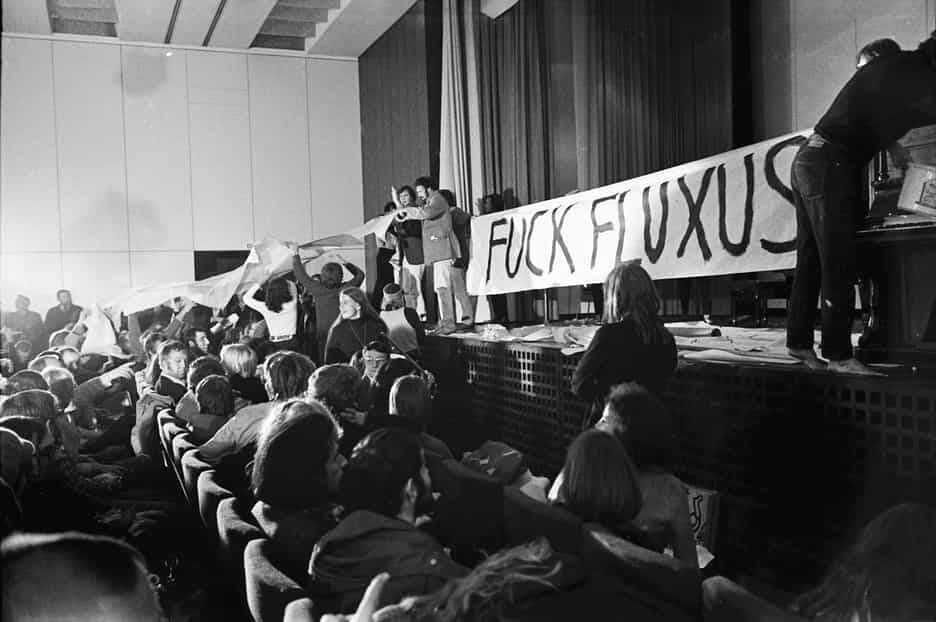
intervention during Benjamin Patterson’s performance Paper Piece, 1960
Natilee Harren: Fluxus Forms
Marcia Reed: Fluxus Means Change
David Briers
Natilee Harren concludes that ‘the Fluxus artists’ most important contribution to the history of contemporary art lies in their adaptation of the score format as a model for all kinds of artistic production beyond musical performance’. It is this essentially musicological aspect of Harren’s book that sets it apart from any other analysis of the essence of Fluxus in recent years.
Excavate! The Wonderful and Frightening World of The Fall
Beth Bramich
Is the world of The Fall worth excavating? Yes. Can it be separated from its central protagonist? No. The editors use the fantastic analogy of The Fall as a hole punched through the world and move Mark E Smith out of the limelight to zoom out to the chaotic world around him.
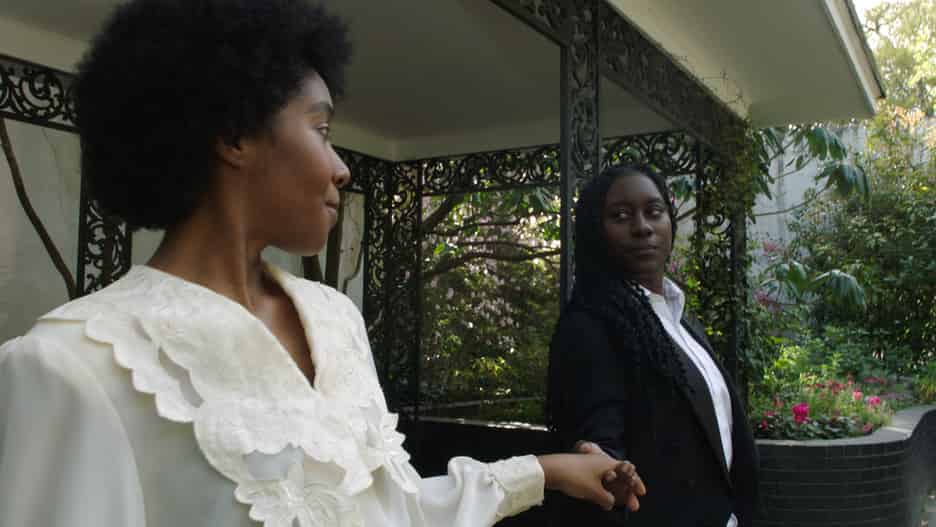
Madeleine Hunt-Ehrlich, Spit on Broom, 2019
Film
Essay Film Festival
Florence Woolley
These films, which arrive at the meeting point between experimental and documentary, construct meta-images that build upon discourses both in the world of cinema and the world in which cinema exists.
Hardeep Sahota, Bhangra Lexicon, 2020
Online
Hardeep Sahota: Bhangra Lexicon
Virginia Whiles
Bhangra Lexicon is the world’s first ‘visual dictionary’ of movements found within this exuberant dance-drama, carefully compiled by World Bhangra Day founder and Huddersfield-based artist Hardeep Sahota.
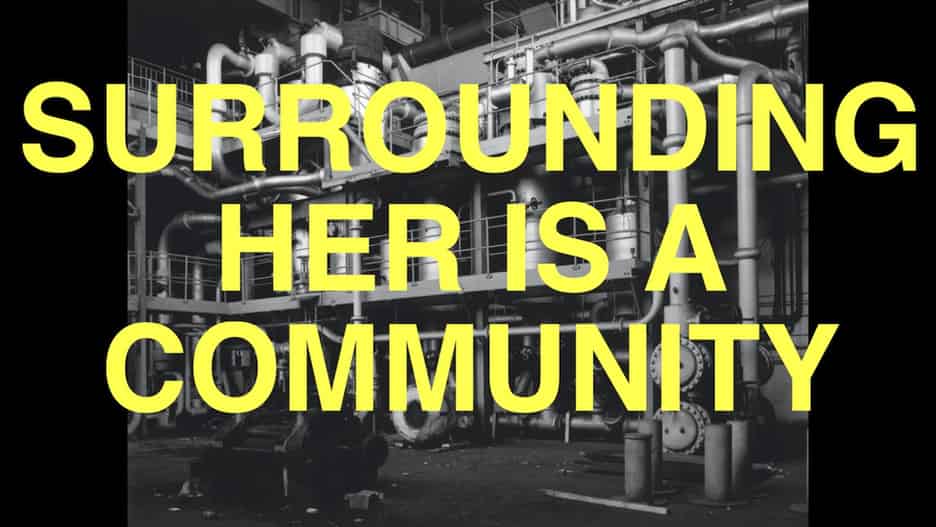
Heart of Glass, Running on Fumes, 2021, part of the High Street Heritage Programme
Reports
Future of the High Street
Denise Courcoux
The films, commissioned by Historic England with regional arts organisations, have been made by young people working with contemporary filmmakers, giving an insight into how this generation views their neighbourhood high streets.
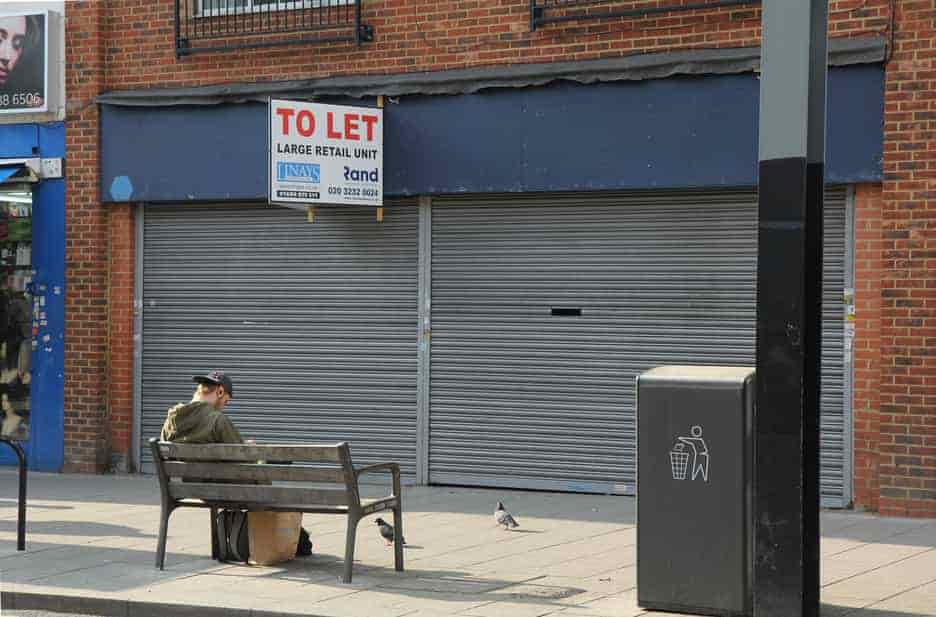
empty shop unit, Croydon, April 2021, photo by Matthew Noel-Tod
Reports
High Streets for All?
Matthew Noel-Tod
The success of property guardianships – essentially financialised squatting – in the toolkit of developers is rapidly expanding to temporary workspace use, as well as live-in guardianships. Witness here a rise in the opportunistic instrumentalisation of artists for the benefit of commercial property owners.
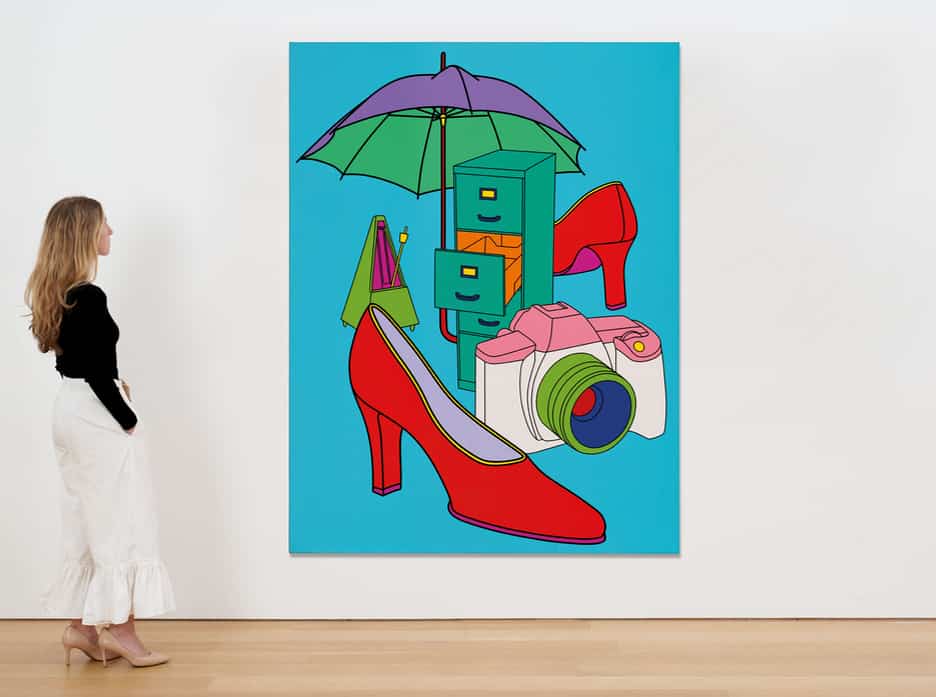
Michael Craig-Martin, With Red Shoes, 2000, estimated at £60,000–£80,000, sold for £325,000
Salerooms
Lambs to the Slaughter
Colin Gleadell
The majority of works, though, sold below estimate, and some, best forgotten, for around the £100 mark. Charles Saatchi then sent another 20-plus works to the slaughter at Sotheby’s in early March, half of which were sold below estimates for as little as £500.
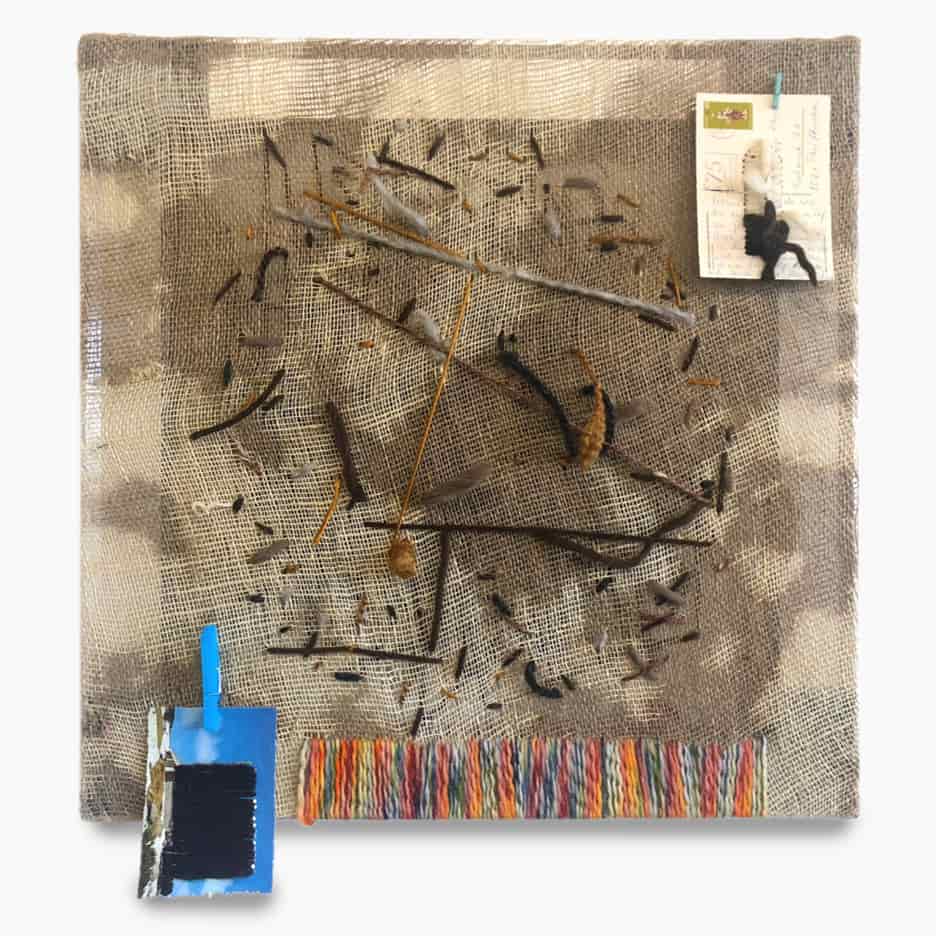
Alvaro Barrington, Been around the world -2, 2018
Artlaw
Don’t You Trust Me?
Henry Lydiate
Artists and dealers rarely if ever discuss in public their professional business relationships. Much praise, therefore, is due to London-based artist Alvaro Barrington and his gallery dealer Sadie Coles for recently speaking publicly about the workings of their business relationship.

